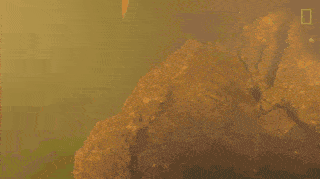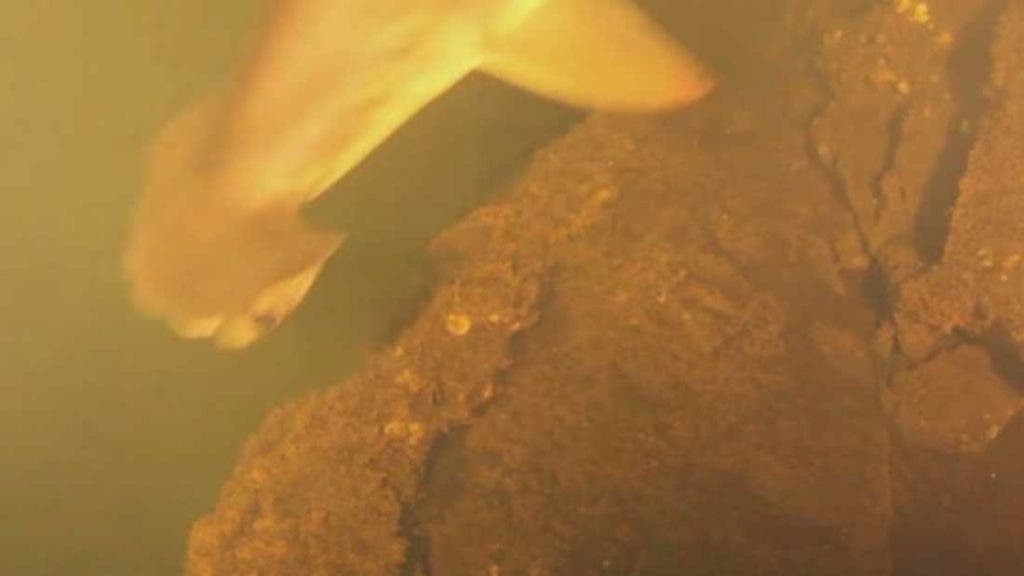It’s not Sharknado, but it’s definitely Sharkcano — researchers have found thriving, active sharks in an underwater volcano in the Solomon Islands near Papua New Guinea.
Life always finds a way; whether we’re talking about tardigrades living in extreme environments, plants in frozen landscapes, or, as it turns out, sharks in a volcano. In January 2014, National Geographic reported the unexpected discovery of several marine species living inside an active underwater volcano caldera, in the Kavachi Volcano in the Southwest Pacific Ocean (around the Solomon Islands). Particularly surprising was the presence of sleeper sharks.
“We were freaking out,” said University of Rhode Island Ph.D student Brennan Phillips to National Geographic.
Thought to be both predators and scavengers, sleeper sharks feed by suction and cutting of their prey. They live in frigid depths, where light is scarce and food is even scarcer. So what on Earth were these creatures doing in the hot, acidic caldera? That’s a good question, which researchers wanted to answer. So scientists went back for another expedition. But how do you explore an environment that’s toxic and hot enough to injure or even kill you? Why, you send in the robots, of course.
“Our goal is to send instrumentation there to get meaningful data, but sometimes it’s really fun to just blow stuff up,” says National Geographic explorer and ocean engineer Brennan Phillips.
“The smaller robots have acoustic depth sounders for gathering bathymetry of the vent region, surface water temperature sensors, accelerometers, and cameras. The larger robots carry greenhouse gas monitoring sensors and measure direct gas release to the atmosphere as well as physical air samples. We also have simple drifting robots that are capable of collecting water samples,” says Dunbabin.











